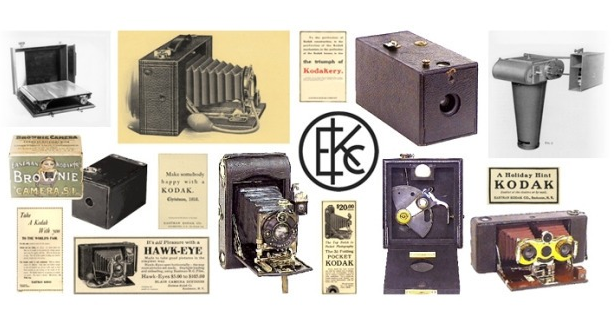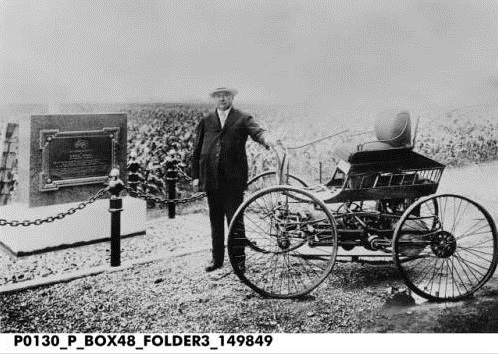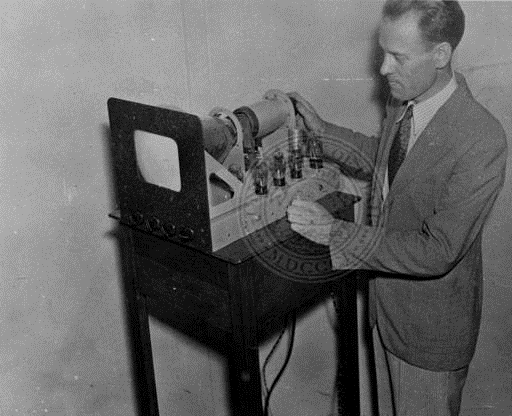
Digest this: In 1975, Kodak invented the first digital camera. Unwilling to prioritize this technology over existing film products and unable to adapt to the market, Kodak notoriously claimed bankruptcy in 2013. The inability to capitalize on “firsts” brings into question the importance of priority—of ideas, inventions and even actions. At the Indiana Historical Bureau, we frequently review markers commemorating “firsts,” ranging from the first electrically-lighted city to the first county physician. Hoosier “firsts” inspire controversial discussion, local commemoration and even a stage play by Aaron Sorkin.
As one can imagine, these firsts are difficult, and sometimes impossible, to substantiate, given conflicting sources or lack thereof. Rather than wrestle with claims that may never be confirmed, we decided to focus on what makes these novel ideas, inventions and actions significant to Indiana and U.S. history.

The case of Indiana inventor and metallurgist Elwood Haynes illustrates not only the obstacles to proving a “first,” but why being “first” isn’t always ideal. Kokomo resident Haynes claimed to have constructed America’s first automobile in 1894, dubbed the “Pioneer.” Using a Sintz 2-cycle gasoline engine, Haynes built the automobile’s foundation in his kitchen and hired brothers Elmer and Edgar Apperson to construct the carriage based on his designs. Haynes debuted the vehicle at Kokomo’s 1894 Fourth of July celebration at the Pumpkinvine Pike and shortly thereafter established the Haynes Automobile Company with Elmer Apperson.
The company thrived, and historian Ralph Gray contends that “industrial activity connected with the automobile greatly augmented Kokomo’s importance as a manufacturing center.” Experiencing success, Haynes ignored public demand for small, mass marketed cars and instead focused on medium sized luxury cars intended for affluent customers. Eventually Haynes could not compete with Ford’s mass production and marketing and declared bankruptcy October 1924. He lamented that being a pioneer in the automobile industry
“meant a selling loss on the Haynes car, whereas to have waited until others had made the trial and experiment, and then to have followed in the easy path of their success probably would have saved us thousands of dollars.”
Journalist Rick Johnson contended that “instead of becoming one of the giants of American invention and enterprise, Haynes became merely the man whose discoveries helped spark a new era for others.”

Much like Haynes’, the battle to establish scientist and Fort Wayne business owner Philo T. Farnsworth as the inventor of the electronic television was arduous and public. In Farnsworth’s case, the U.S. Patent Office ultimately awarded Farnsworth priority of invention, providing historians with irrefutable proof via patents that he indeed earned the title of “first.” Tragically, neither visionary possessed the business acumen to capitalize on their inventions, failing to permanently establish their products on the consumer market. Yet, both were fiercely protective of their inventions, and historians suggest in both cases their deaths and the closing of their companies were more than coincidental.
We want to hear from you. Do firsts matter? Certainly, they will evoke strong opinions for decades to come.
